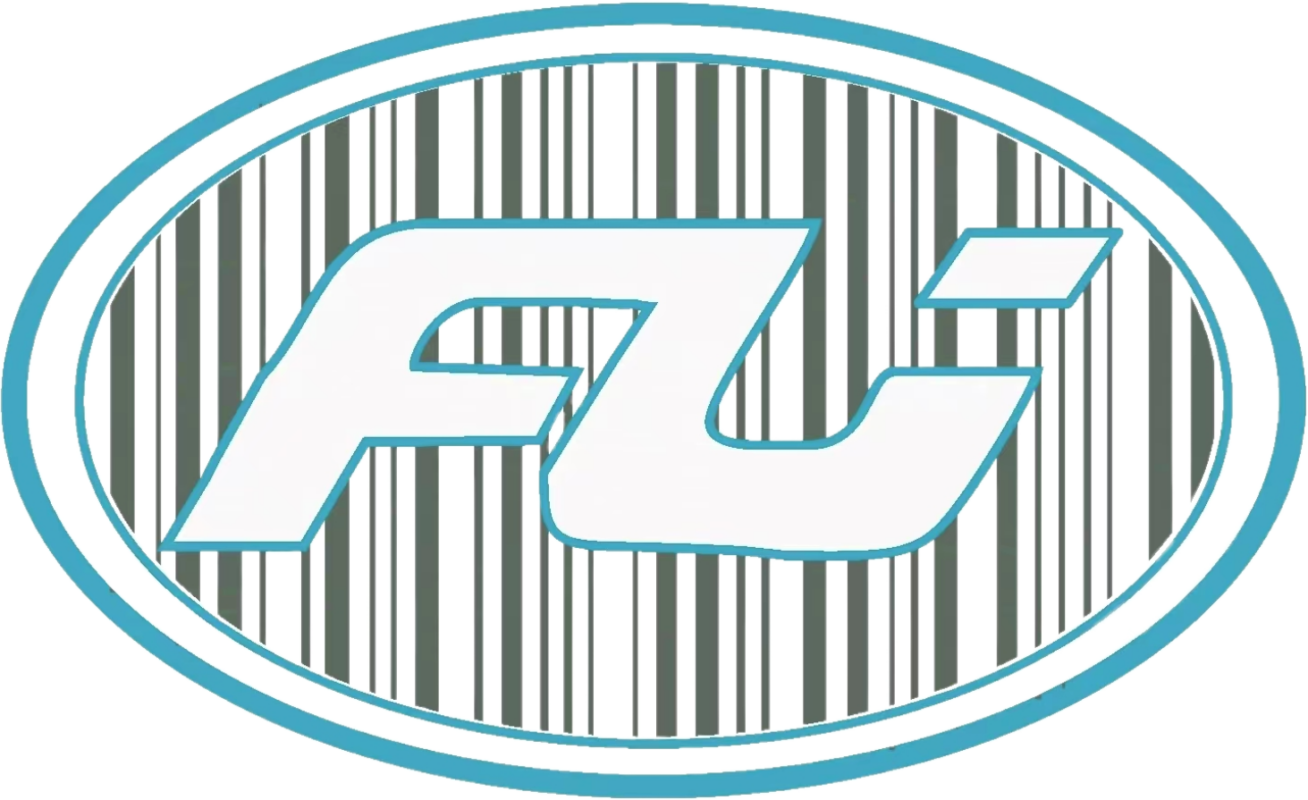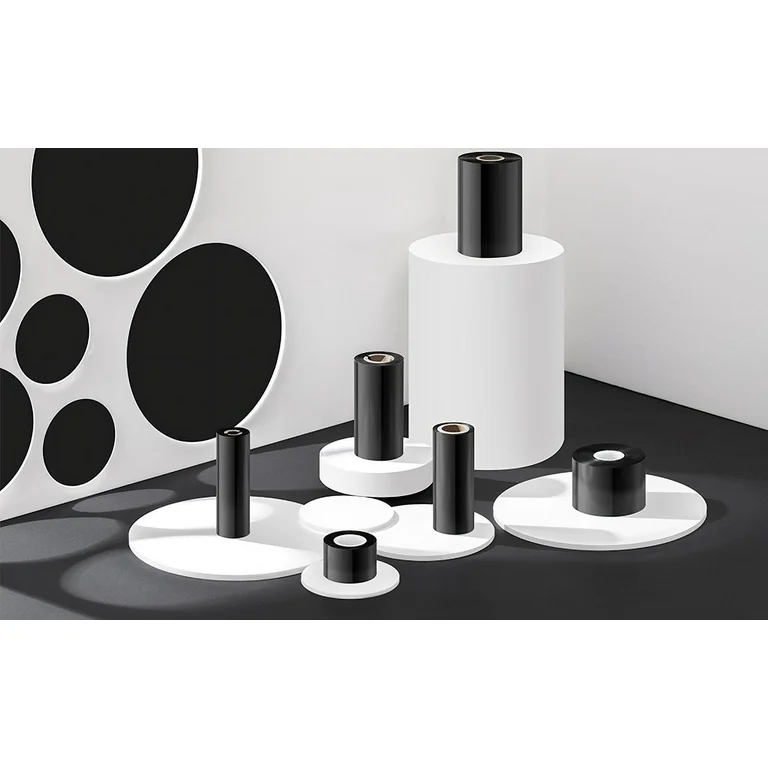Blog
Qué es una cinta barata y cómo conseguirla sin sacrificar la calidad
Price becomes the main issue for distributors and resellers when they purchase thermal transfer ribbons in bulk because procurement managers are concerned about their budgets. The word “cheap” serves as a warning signal because it implies poor quality. Short shelf life? Poor performance on label printers? Budget-friendly ribbons differ significantly in quality and performance. Numerous budget-priced thermal transfer ribbons now provide outstanding durability and print quality that matches the performance of high-cost alternatives. What Is Cheap Ribbon and How to Source It Without Sacrificing Quality?
This guide demonstrates how you can purchase inexpensive thermal transfer ribbons with complete confidence because they maintain necessary performance standards and compatibility without compromising their longevity. Any enterprise that manages supply chains or prints thousands of labels daily will make better business choices when they understand the actual costs of ribbon pricing.
The Real Cost of Thermal Transfer Ribbons
What Factors Affect Ribbon Prices?
An understanding of the elements that determine ribbon pricing is necessary before evaluating low-cost options.
- Each thermal transfer ribbon material type including wax, wax-resin, and resin comes with its own raw material expenses.
- The use of advanced coating technology leads to smoother printing but results in higher costs.
- PET films with increased thickness require more investment but deliver better durability.
- Unit costs decrease when production orders reach high volume levels.
- OEM vs. Off-brand: Branded products often carry a price premium.
Are Expensive Ribbons Always Better?
Not necessarily. The fact that premium ribbons originate from well-known brands does not guarantee that their quality matches their high price. Numerous ribbon factories that produce “cheap” products use identical coating methods and materials as leading brands yet they manage to reduce costs through efficient operations and bulk purchasing.
Understanding Quality in “Cheap” Ribbons
Key Quality Metrics to Watch For
Distributors and buyers should assess:
- Does the printing ribbon generate sharp and highly defined images?
- Does the label withstand handling and prevent smudging from friction?
- How well does the ribbon endure the temperature range used by the printer?
- How well does this ribbon perform with your printer models?
- The label substrate should adhere properly to both coated and uncoated paper surfaces as well as synthetic labels. ?
Budget Doesn’t Mean Substandard
Lower pricing often reflects:
- Direct-from-manufacturer pricing (no middlemen)
- Locally sourced raw materials
- Scalable coating facilities that reduce labor costs
These operational improvements lower costs while maintaining the original formula and the quality of the final product.
Where Cheap Ribbons Shine Best
Budget thermal transfer ribbons deliver excellent performance for retail price tags and receipts as well as for short-term inventory labels
Industries that benefit from low-cost ribbons include:
- Retail: Price tags, receipts, short-term inventory labels
- Logistics & Shipping: Parcel labels, warehouse inventory tracking
- The food and beverage industry uses nutritional labels together with expiry tags and ingredient lists.
- Healthcare: Temporary ID bracelets, sample labels
These sectors depend on dependable printing results but do not require the highest durability standards.
When to Avoid Ultra-Cheap Options
Avoid using low-grade ribbons when:
- You need high chemical or abrasion resistance
- Outdoor weather conditions and UV exposure should not damage labels.
- Archiving labels requires long-term preservation capability.
A mid-tier resin or wax-resin ribbon offers the best solution for these situations.
What Methods Exist to Evaluate Ribbon Suppliers Who Offer Low Prices
Critical Questions to Ask
- Can you provide print sample tests?
- What are your QC inspection standards?
- Does your product line include ribbons that work with industry-leading printer brands like Zebra and TSC?
- Do you provide options for custom widths as well as color choices and private labeling services?
- What quantity of orders constitutes the minimum for obtaining wholesale prices?
Signs of a Trustworthy Supplier
- Owns coating and slitting production lines
- Offers transparent material specifications
- Provides pre-shipment inspection and traceability
- Responsive to custom requirements (OEM, branded packaging)
Cost-Saving Without Compromise: The Smart Approach
Leverage OEM Options
OEM ribbon services allow you to:
- Customize length, width, and ink formulas
- Add your brand logo or packaging
- Choose specific core sizes and winding styles
You can combine competitive pricing and branding elements to deliver value-added products for your market.
Bulk Buying Strategies
Buying in volume reduces price per roll. Try strategies like:
- Annual contract orders for consistent pricing
- Shared container shipping with other SKUs
- Purchasing blank rolls and custom slitting locally
Comparison: Cheap vs. Premium Thermal Transfer Ribbons
| Feature | Cheap Ribbons | Premium Ribbons |
|---|---|---|
| Price per roll | $ | $$$ |
| Print Quality | Moderate to High | High |
| Durability | Moderate | High |
| Application | General use | Harsh environments |
| Customization | High | Medium |
| MOQ | Low to Moderate | High |
Common Myths About Cheap Ribbons
Myth 1: Cheap Ribbons Always Jam Printers
Truth: The design of high-quality economical ribbons includes anti-static backcoats and smooth release layers which help to minimize wear on printers.
Myth 2: Print Fades After a Few Days
Truth: Appropriate wax and wax-resin formulations maintain clarity and readability for multiple months during standard storage.
Myth 3: They Aren’t Compatible with Most Printers
Truth: Before distributing products reliable manufacturers conduct compatibility tests with Zebra, TSC, Godex printers and others.
Choosing the Right Ribbon for Your Industry
If you’re in:
- Retail: Choose general-purpose wax ribbons
- Logistics: Go with wax-resin for durable barcodes
- Healthcare: Use smudge-resistant formulas
- Manufacturing: Consider resin ribbons for abrasion resistance
Affordable choices are available across all categories through strategic sourcing.
Conclusion: Price shouldn’t be your sole factor yet it deserves smart consideration.
Distributors and resellers should not shy away from the term “cheap” when considering their product options. Low-cost thermal transfer ribbons deliver superior print quality and dependable performance when paired with manufacturers who specialize in coating technologies.
When considering large-scale sourcing options it’s important to test samples and verify technical specifications while also choosing ribbons that fit real-world application scenarios. Your profit margins depend on both the cost of ribbons and their performance once deployed in real-world applications.
FAQs
1. Do inexpensive thermal transfer ribbons work effectively for mailing label applications?
Yes, ribbons made from wax or wax-resin materials designed for logistics applications perform well. They deliver strong barcodes and resist smudging.
2. When stored properly in a cool dry environment, low-cost ribbons typically last between 12 and 24 months.
Thermal transfer ribbons maintain their quality for 12 to 24 months when stored in cool and dry conditions.
3. Is it possible to obtain ribbon packaging with custom designs while keeping costs minimal?
Absolutely. OEM factories provide custom branding options with low MOQ requirements for logos, box designs and sizing.
4. You can request sample rolls from suppliers to evaluate print quality using your current printers and substrates.
Request sample rolls from suppliers to evaluate printer performance before making purchases.
5. Cheap ribbons function with both flat head and near edge printers but this largely depends on their formulation.
Some do, but it depends on formulation. Always verify compatibility with your printer type.
👉 Contact Us
📧 sales@foyottr.com
📞 +86-592-6018318
🌐 https://foyottr.com/

